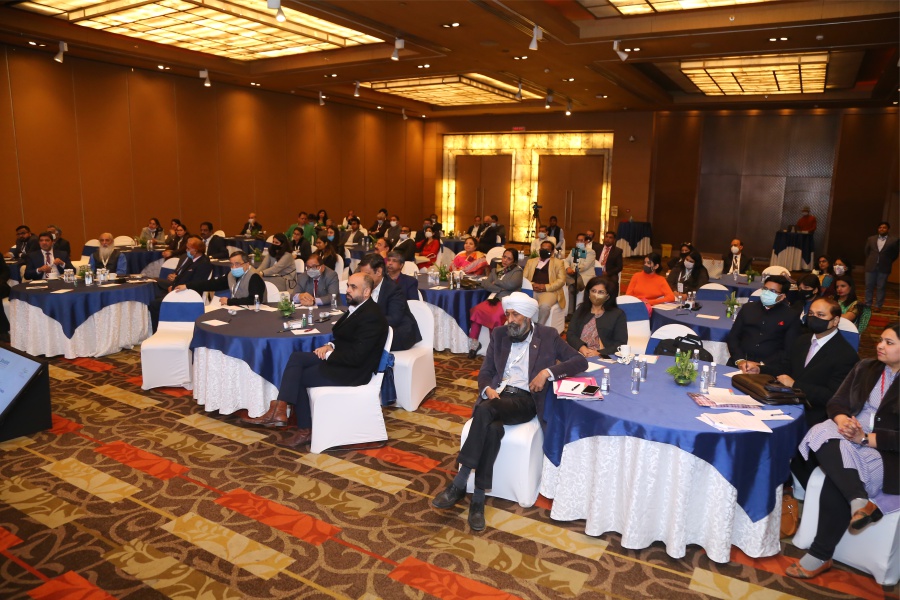Research of Rudraksh
| Title of the Practice | Promotion of ancient wisdom on Rudraksha for societal wellbeing |
|---|---|
|
Objectives of the Practice: |
In accordance with the vision of Honorable The Prime Minister of India, Shri Narendra Modi, SIET is working on Rudraksha, a symbol of rich, diverse, and ancient knowledge systems and traditions. Rudraksha means tears of ‘Lord Shiva’ (‘Rudra’ means ‘Shiva’ and ‘Aksh’ means ‘tear’) with its medicinal and holistic properties. Coincidently, our practice is also in tune with National Education Policy 2020. Followings are major objectives:
|
|
The Context: |
|
|
The Practice: |
Practice and Its Uniqueness: SIET is actively involved in the global awareness, advocacy, and promotion of research and mass plantation of Rudraksha, since more than ten years. CeRR is working on different domains of research on Rudraksha including but not limited to scientific validation of its medicinal properties; molecular mechanism of action; structural, compositional, and phytochemical characterization; development of chemical and molecular markers; tissue culture propagation for mass production; mass plantation of Rudraksha; innovative product development from Rudraksha with biomaterials, therapeutic and nutraceutical values using nanotechnology and other tools. At SIET, two doctoral research works have already been successfully conducted with international impact, several research scholars are actively pursuing their research work on different domains of Rudraksha. Thus, the Centre for Research of Rudraksha (CeRR) is one of its kind at national and international platform with the vision to serve the community as a major Resource Centre for the development of innovative technologies and products using Rudraksha for the overall wellbeing and building of healthy society. |
|
Evidence of Success |
|
|
Challenging Issues – Problems encountered. |
|
Research of Rudraksh
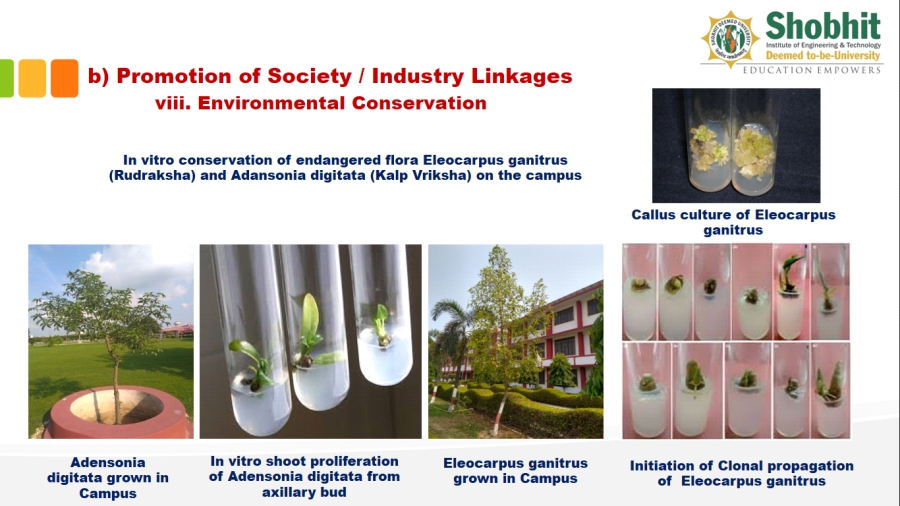
Plantation of Rudraksh
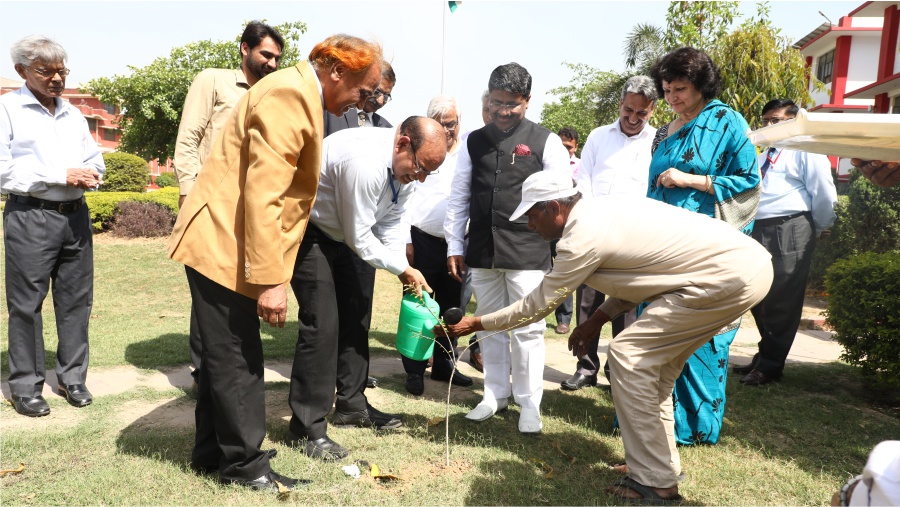
Industry-Academia Connectivity
| Title of the Practice | Co-learning through Stakeholders Participation: Industry-Academia Connectivity |
|---|---|
|
Objectives of the Practice: |
|
|
The Context: |
|
|
The Practice: |
Practice and Its Uniqueness
|
|
Evidence of Success |
|
|
Problems Encountered and Resources Required |
|
|
Notes (optional) |
|
Industry-Academia Connectivity
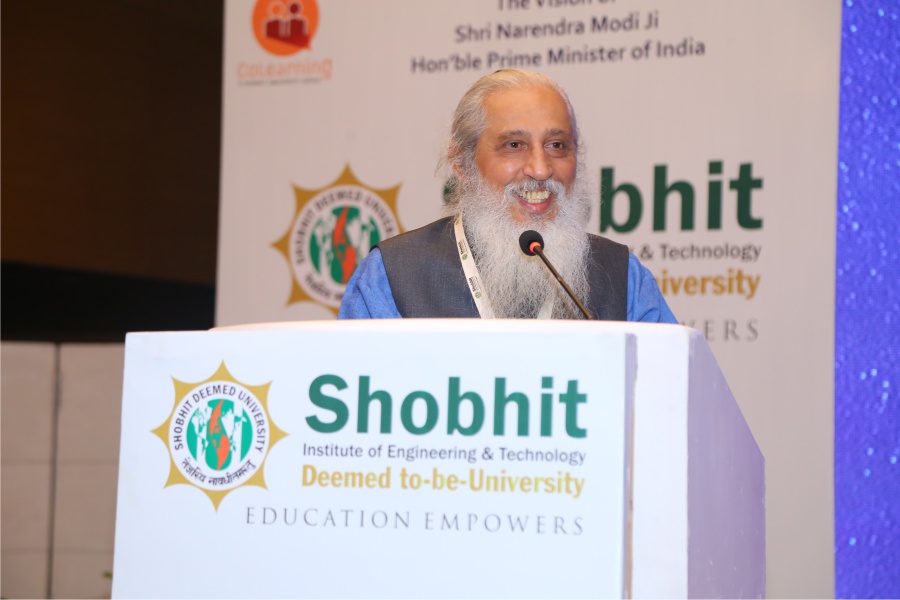 Dr. Anil Sahasrabudhe, Chairman, All India Council of Technical Education (AICTE), Ministry of Education, Government of India, New Delhi
Dr. Anil Sahasrabudhe, Chairman, All India Council of Technical Education (AICTE), Ministry of Education, Government of India, New Delhi
Industry-Academia Connectivity
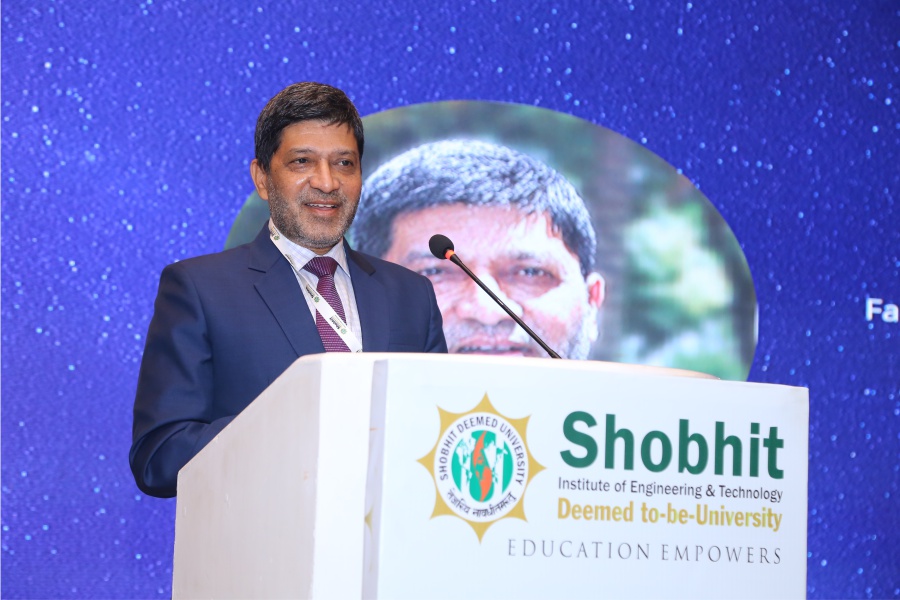 Dr. Ashok Dalwai, IAS, Chairman, Doubling Farmers’ Income by 2022 Committee & CEO, NRAA, Ministry of Agriculture and Farmers Welfare, Government of India, New Delhi
Dr. Ashok Dalwai, IAS, Chairman, Doubling Farmers’ Income by 2022 Committee & CEO, NRAA, Ministry of Agriculture and Farmers Welfare, Government of India, New Delhi
Industry-Academia Connectivity
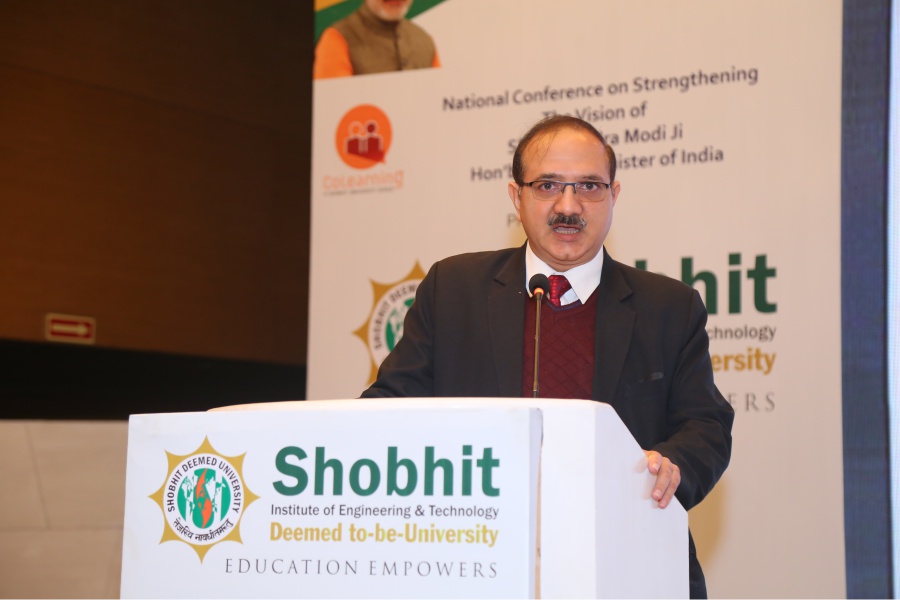 Mr. Bhuvanesh Kumar, IAS, Joint Secretary, Ministry of Electronics and Information Technology, Government of India, New Delhi
Mr. Bhuvanesh Kumar, IAS, Joint Secretary, Ministry of Electronics and Information Technology, Government of India, New Delhi
Industry-Academia Connectivity
